Over the past two years, small drones have dramatically increased the risks to armored vehicles on the battlefield, especially evident in Ukraine. According to insights from Marc Cazalet for European Security & Defence, these unmanned aerial vehicles (UAVs) are reshaping modern warfare in ways that Western militaries need to address urgently.
Small Drones and the Changing Battlefield
Small UAVs, loitering munitions, and low-cost alternatives like first-person view (FPV) drones have become prevalent, posing significant threats to armored units. The sheer number of these drones—estimated between 50,000 to over 100,000 produced monthly in conflict zones—makes them a formidable challenge.
Industry’s Response: Counter-Drone Technologies
The defense industry has been quick to offer solutions, unveiling a variety of technologies aimed at detecting and neutralizing drones. From jamming devices to directed energy weapons and ballistic solutions, options abound. However, large-scale adoption by Western militaries remains limited, with most efforts confined to experimentation or small-scale procurements.
Effective Countermeasures: What’s Feasible?
Cazalet suggests that missile-based approaches are impractical due to high costs and production challenges.
- Jamming, while cost-effective, faces hurdles like drones using fiber-optic data links or increased autonomy.
- Directed energy weapons show promise but are limited by power and cooling requirements.
- Ballistic solutions, such as cannons and grenade launchers equipped with air-burst munitions, offer a viable path. Yet, these require modifications like ammunition programmers and have been slow to integrate into general-purpose platforms.
Decentralized Defense: Equipping Every Vehicle
The proposed effective response is decentralizing defense by equipping every infantry fighting vehicle (IFV), armored personnel carrier (APC), and tank with its own anti-drone system.
This approach leverages existing systems:
- Remote Weapon Stations: Modify machine guns with direction-finders and automated targeting for drones.
- Automatic Cannons: Add air-burst munitions capability.
- Active Protection Systems (APS): Adjust radars to detect drones and utilize existing effectors if possible.
This strategy allows units to operate dispersedly without relying on dedicated anti-drone vehicles, offering a scalable and accessible solution even for smaller militaries.
The Path Forward
Implementing these changes during platform mid-life upgrades could provide a foundational defense against small drones. While not a perfect solution, it offers immediate benefits over waiting for an ideal technology that may never materialize.
DroneXL’s Take
The rise of small drones on the battlefield underscores the transformative impact of Drone Technology in modern warfare. Decentralizing anti-drone defenses is a practical step forward, aligning with innovations we’ve seen in drone technology and artificial intelligence sectors.
It’s clear that drones are here to stay, not just in commercial and recreational areas but as pivotal elements in defense. Embracing this reality and adapting accordingly will be crucial for militaries worldwide.
What are your thoughts on this evolving landscape? Share your opinions in the comments below.
Discover more from DroneXL.co
Subscribe to get the latest posts sent to your email.



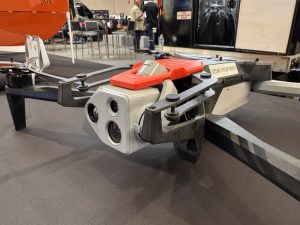
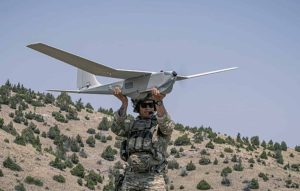



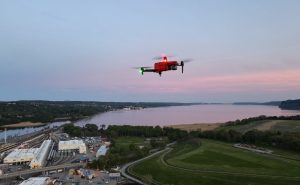
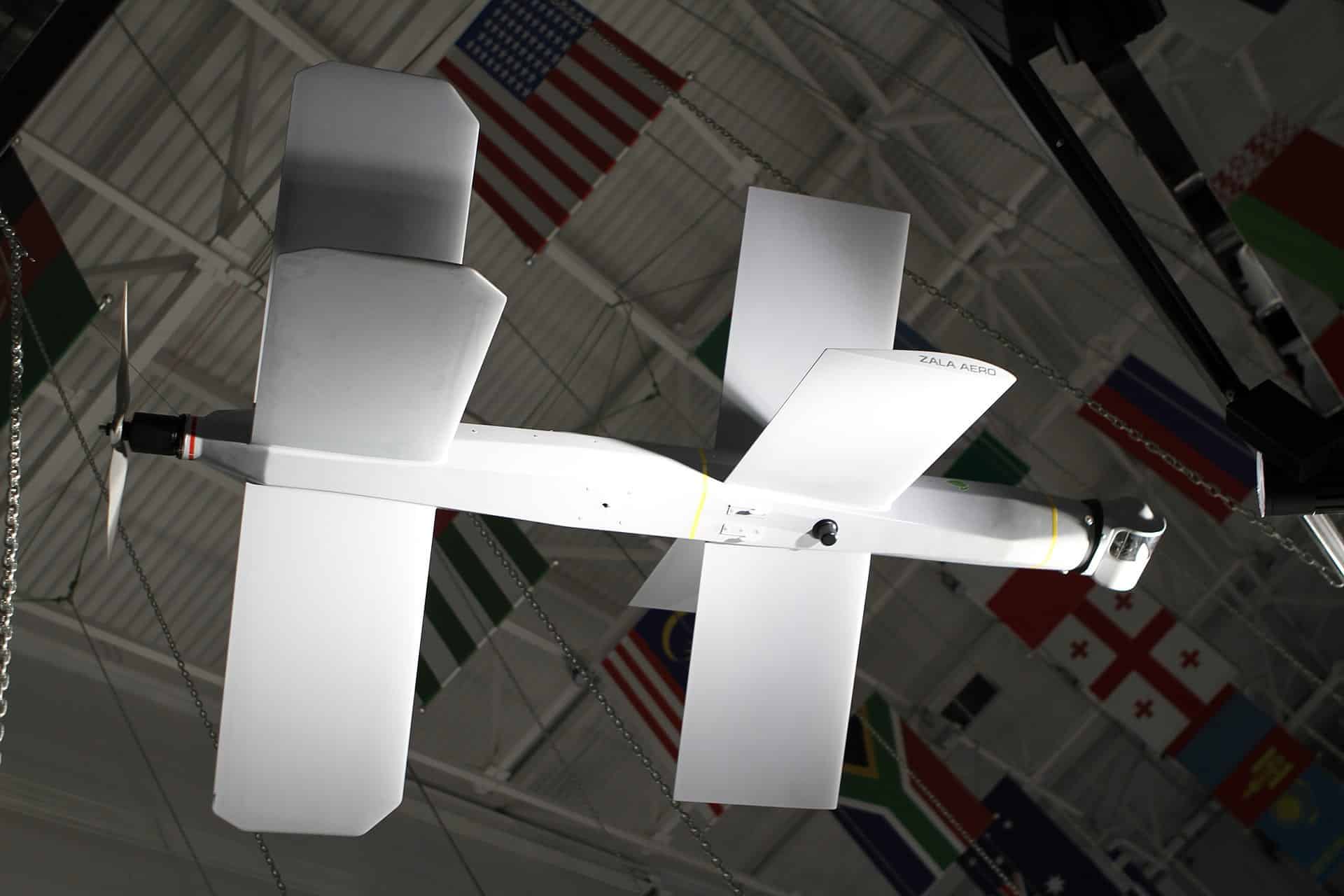
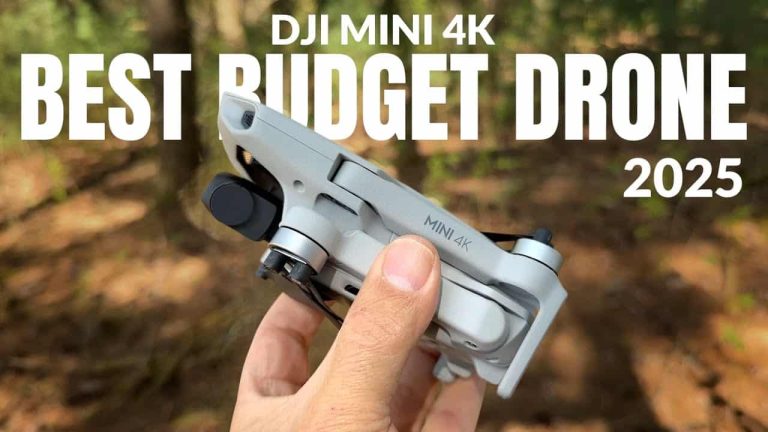
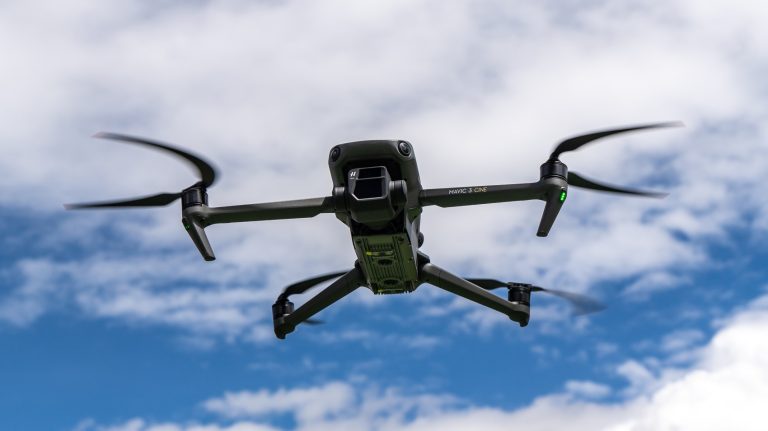
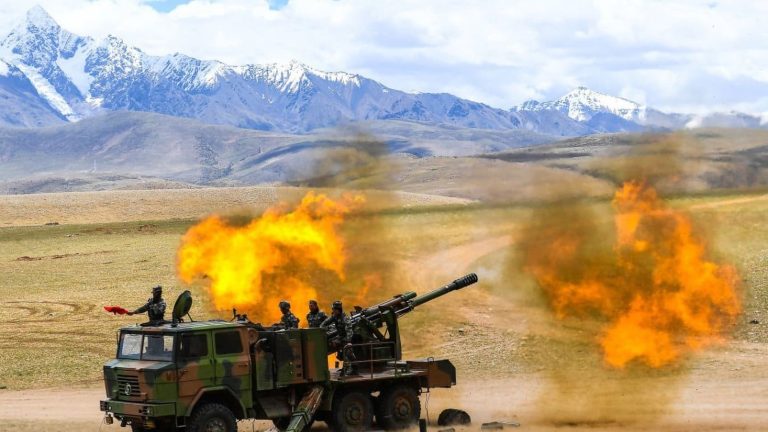

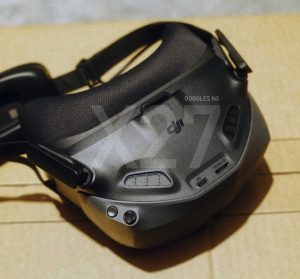
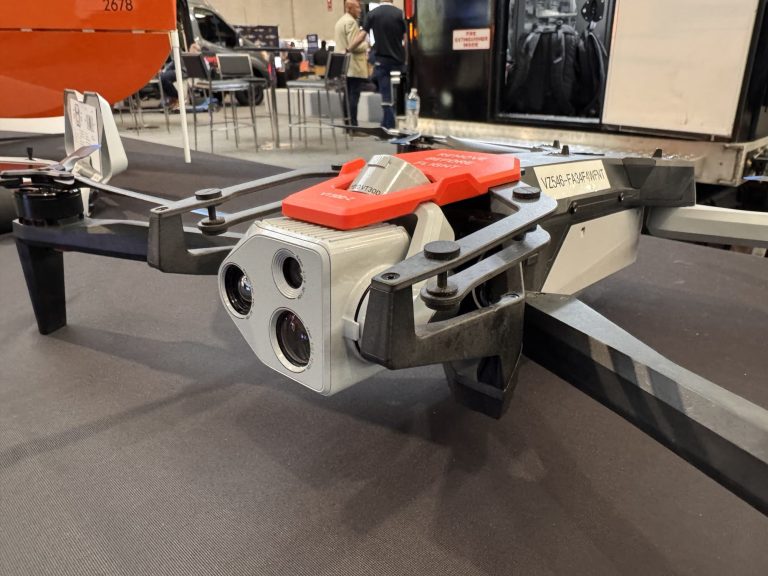
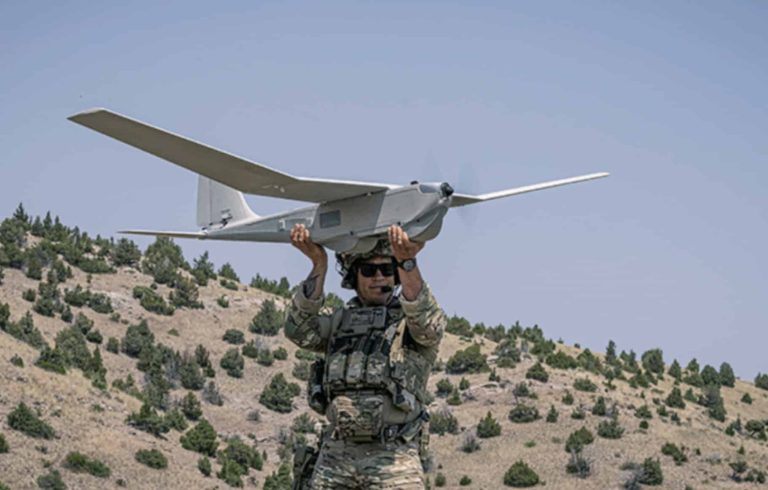


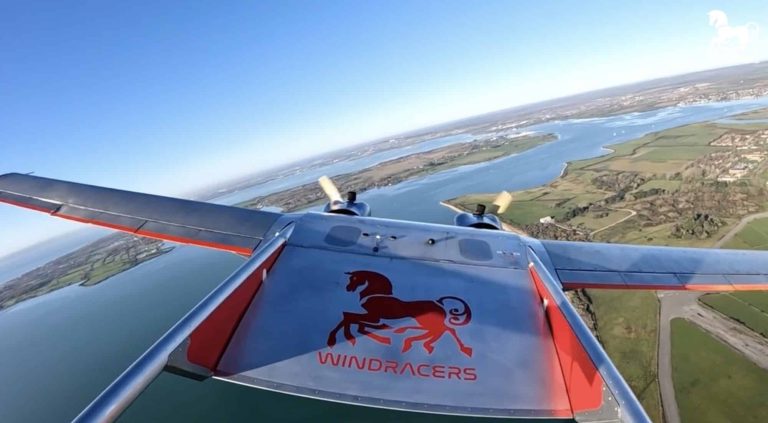
+ There are no comments
Add yours